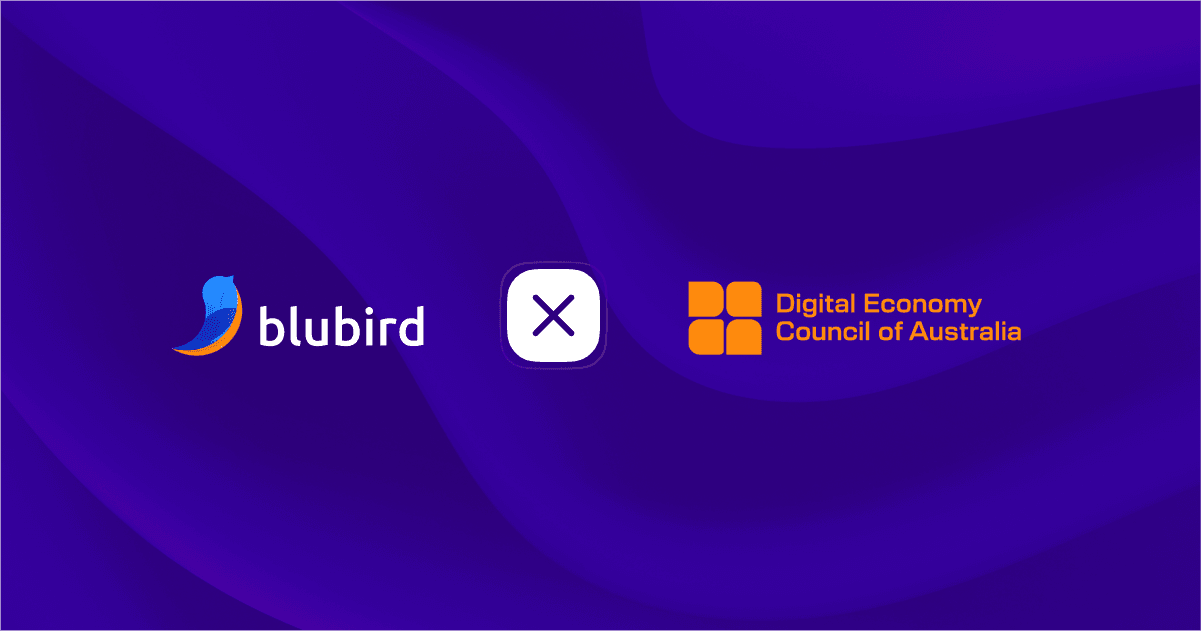Web3 Transition
5 minute read
In the evolving landscape of blockchain technology, the tokenization of Real-World Assets (RWAs) represents a significant innovation. However, there's an important distinction between legitimate RWA tokenization and superficial implementations that fail to deliver genuine value.
Legitimate RWA Tokenization: Truth, Traceability and Value
Authentic RWA tokenization transforms physical assets into digital tokens on a blockchain, creating verifiable digital representations that maintain the core attributes of the underlying assets. These implementations are characterized by:
Transparent Ownership: Clear, immutable records that establish and verify true ownership rights
Direct Asset Backing: Tokens directly representing ownership of the actual asset, not merely claims on it
Verifiable Traceability: Complete audit trails from asset origination to current ownership
Real Utility: Practical applications that solve real problems in asset management and transfer
Value Preservation: The digital token reliably preserves the value of the underlying asset
Superficial RWA Implementations: Digitizing Documentation
Unlike substantial infrastructure development, many current RWA projects simply convert existing paperwork or asset-related elements into digital format without solving core structural challenges:
Documented Claims: Simply tokenizing paper-based claims rather than the assets themselves
Loan Representations: Creating tokens that represent loans against assets rather than direct ownership
Market Exploitation: Designed primarily to capitalize on market trends rather than solve real problems
Limited Traceability: Incomplete verification chains that introduce trust gaps
Value Dilution: The additional layers between asset and token reduce transparency and reliability
The Opportunity Ahead
The most promising opportunities lie in implementations that deliver:
Regulatory-compliant frameworks that bridge traditional finance and blockchain technology
Industry-specific solutions addressing unique challenges in sectors like real estate, commodities and art
Interoperable systems that connect tokenized assets across different blockchain networks
Enhanced liquidity mechanisms for traditionally illiquid assets
True RWA tokenization isn't about simply applying blockchain technology to existing processes, but reimagining how assets can be owned, transferred and utilized in a digital economy.
Key Takeaways
Truth Matters: Legitimate RWA tokens accurately represent the underlying asset with verifiable proof of existence and ownership[1]
Not All Tokens Are Equal: Many projects tokenize debt or claims rather than direct ownership, creating additional counterparty risk[2]
Utility Drives Value: Successful RWA implementations solve real friction points in asset transfers, storage or validation[3]
Regulatory Integration Is Essential: Long-term RWA success requires compliance with existing regulatory frameworks[4]
Technology Alone Isn't Enough: Robust legal structures must accompany blockchain technology to ensure enforceable rights[5]
The Window of Opportunity
The distinction between legitimate and superficial RWA implementation is becoming increasingly apparent to the market. Organizations that establish credible, compliant tokenization infrastructure now will secure lasting advantages as this market matures.
Don't merely participate in the RWA revolution — help define its future with Blubird.
Contact
https://www.linkedin.com/in/david-jefferis-38b99739
Author
George Worrell (AKA G.P.) — CPO & Co-Founder
GP Worrell is an accomplished User Experience & Product Leader with over 20 years of experience bridging complex technologies with evolving user and business needs. Currently serving as Co-founder and Chief Product Officer at Blubird, GP leads product vision, strategy and development while representing the company at speaking events and building strategic partnerships.
With expertise spanning Web2, Web3, blockchain and cryptocurrency technologies, GP specializes in helping businesses transition into the decentralized space. GP combines technical knowledge with strategic vision and design excellence to deliver user-focused solutions across multiple platforms and industries.
References
Boston Consulting Group. (2023). Tokenization of Real-World Assets: Transforming Traditional Finance. BCG highlights that successful RWA platforms establish rigorous verification processes and legal frameworks to ensure tokens truly represent underlying assets.
BIS Quarterly Review. (2024). Innovation and Financial Infrastructure. The Bank for International Settlements distinguishes between tokenization models that provide direct ownership versus indirect claims, noting significant differences in risk profiles.
World Economic Forum. (2023). Digital Assets, Distributed Ledger Technology and the Future of Capital Markets. WEF research identifies friction reduction in asset transfer, settlement and custody as primary value drivers for legitimate RWA implementations.
International Organization of Securities Commissions (IOSCO). (2024). Policy Recommendations for Tokenized Securities. IOSCO emphasizes that regulatory compliance is non-negotiable for sustainable RWA infrastructure development.



